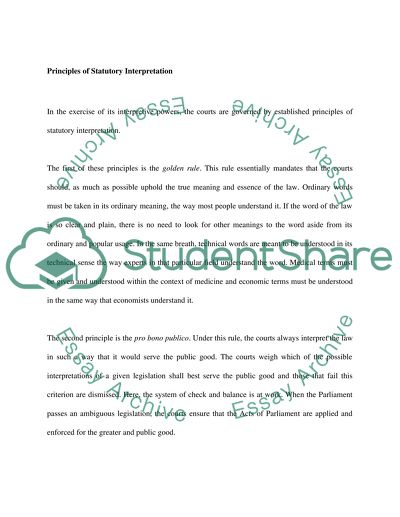Cite this document
(“What is statutory construction Essay Example | Topics and Well Written Essays - 1250 words”, n.d.)
What is statutory construction Essay Example | Topics and Well Written Essays - 1250 words. Retrieved from https://studentshare.org/law/1433853-what-is-statutory-construction
What is statutory construction Essay Example | Topics and Well Written Essays - 1250 words. Retrieved from https://studentshare.org/law/1433853-what-is-statutory-construction
(What Is Statutory Construction Essay Example | Topics and Well Written Essays - 1250 Words)
What Is Statutory Construction Essay Example | Topics and Well Written Essays - 1250 Words. https://studentshare.org/law/1433853-what-is-statutory-construction.
What Is Statutory Construction Essay Example | Topics and Well Written Essays - 1250 Words. https://studentshare.org/law/1433853-what-is-statutory-construction.
“What Is Statutory Construction Essay Example | Topics and Well Written Essays - 1250 Words”, n.d. https://studentshare.org/law/1433853-what-is-statutory-construction.


